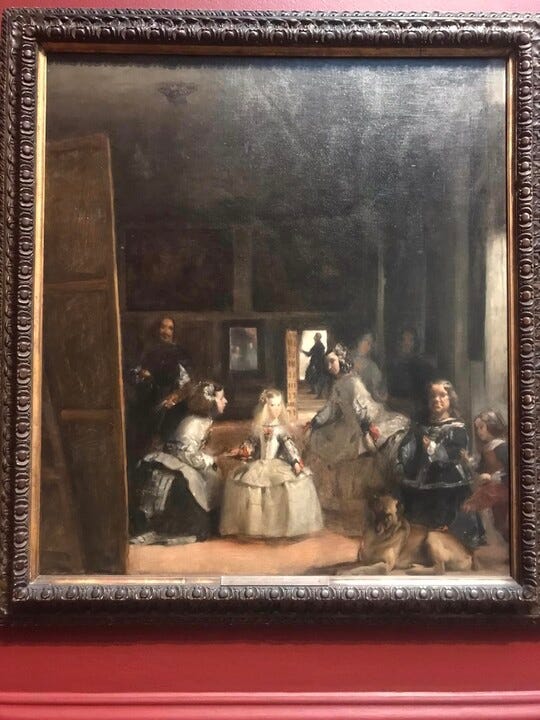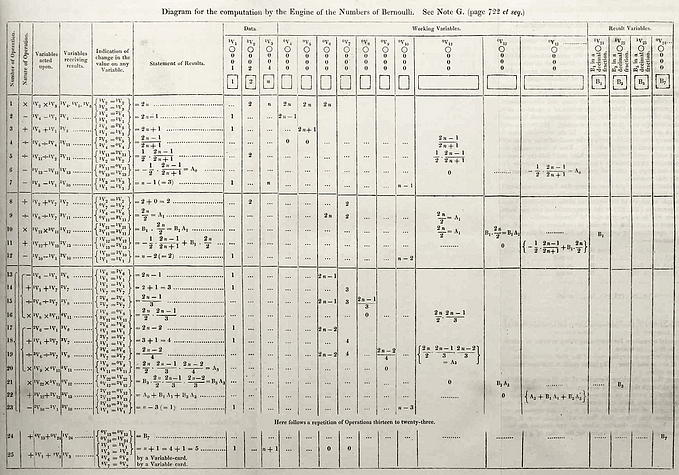‘Las Meninas’ in ‘The Studio’


The first picture is of a copy of the Spanish artist Diego Velazque’s “Las Meninas” painting. The original painting was done by the Spanish artist in 1656 and this particular copy is done by John Singer Sargent. The second picture is of the painting ‘The Studio’ done by the Canadian American artist, Philip Guston in 1969, with a gap of over three hundred and fifty years in between.
Both paintings have a similar venue of the respective artist’s studio. But the similarity does not stop there. Both paintings invoke a complex relationship between the artist, the artist’s subject, and the viewer of the paintings.
In Velzquez’s painting, the artist is gazing directly at the viewer, as though the viewer is the subject of the painting on the large canvas being painted, in front of the artist. But, the mirror painted on the back wall in the painting is a reflection of the Spanish King and Queen. This may imply that the subject of the painting is actually the royal couple and the royal couple occupies the same position as the viewer. Regardless of who the artist had in mind at that time, I sense the feeling of admiring veneration for the viewer by the artist, in my modern-age interpretation. (Of course, I recognize that I don’t have a king-like authority to make such a statement.)
In Philip Guston’s painting, on the other hand, the viewer is not directly at the center of attention of the painting. Instead, the viewer is passively observing the artist painting his self-portrait. But here, both the artist and the painting are wearing the notorious Ku Klux Klan hooded masks. So, the viewer is subconsciously drawn into the painting, wondering about the viewer’s role in the painting. Is it really a self-portrait of the artist or that of the viewer? The thought is even more uncomfortable because it provokes the question of the viewer’s role in the heinous atrocities committed by those wearing KKK-hooded masks.
Both paintings, therefore, leave the viewer in a reflective mood about the subject of the paintings. It’s not just what the painters have tried to convey but also about not being conveyed and left to the viewers to decide.
I must acknowledge that even though I sensed the similarities mentioned above between the paintings at the time of viewing the latter and had this emotional response, I later discovered that somewhat similar emotional reactions are observed by others, in my internet search on this topic. Ambiguity has its company.
Philip Guston’s painting is currently in the ‘Philip Guston Now’ temporary exhibition until August 27, 2023, in the National Gallery of Art in Washington DC. The original painting of ‘Las Meninas’ is in Prado Gallery in Madrid.
You may also want to read my earlier blog about Las Meninas if you got to this point in reading this blog. I promise that I would not reflect on the readership of my blogs, like the viewership of the famous paintings above, even though you may have an uncanny feeling, otherwise!







